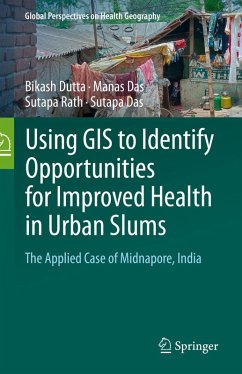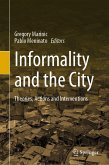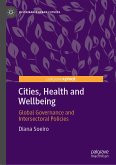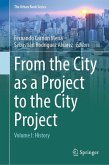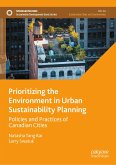This book offers geospatial modelling techniques for the analysis of healthcare in poor urban neighborhoods and of the ways that residents of these neighborhoods make healthcare choices and cope with deprivation. The authors use the case of Midnapore, India to explore the overall health infrastructure and the perceptions of residents of urban slums regarding the provision, utilization, and accessibility of the healthcare system through the application of geostatistics and geospatial techniques and modelling, with an eye towards reducing inequalities.
The study described here can be used as a model for researchers, planners, NGOs, policymakers and government authorities to conduct similar analysis of other low-income urban neighborhoods. Also, this book may assist students in understanding the basic tools and techniques of applying GIS tools to study social problems.
Dieser Download kann aus rechtlichen Gründen nur mit Rechnungsadresse in A, B, BG, CY, CZ, D, DK, EW, E, FIN, F, GR, HR, H, IRL, I, LT, L, LR, M, NL, PL, P, R, S, SLO, SK ausgeliefert werden.

